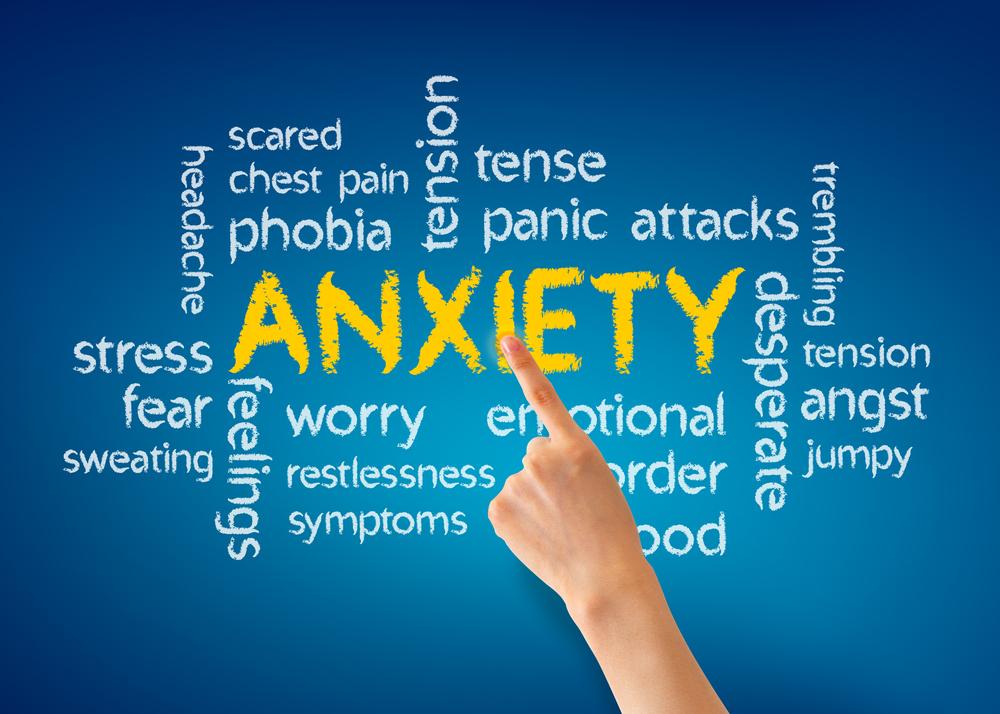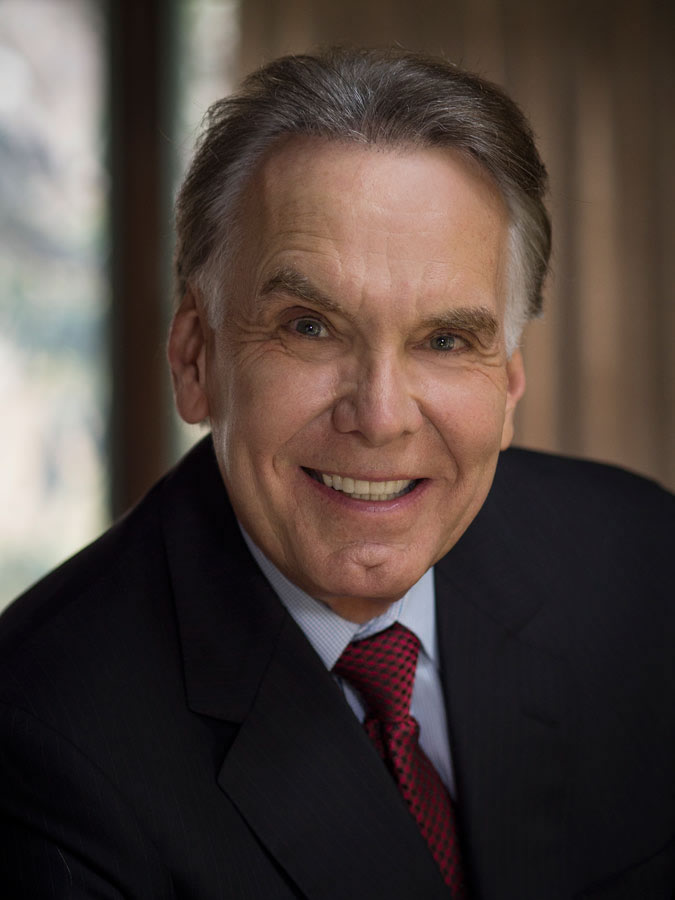8 Tips To Help You Deal With COVID PTSD
When you think of PTSD, (post-traumatic stress disorder) what comes to mind? The most common traumas that lead to PTSD are soldiers returning from war, firefighters, police, and sexual assault victims. Some who suffer divorce or loss of a loved one show signs of PTSD for years. After the recent hurricanes in St. Thomas (my second home), many of my friends have been dealing with PTSD.
However, there is an unacknowledged form of PTSD that is pervasive in this Covid and post-Covid world.
Anxiety disorder caused by stress seems to be everywhere. People experienced stress with the massive change that happened when Covid struck. Many people adapted to the change, became accustomed to the lives they rebuilt, and, for them, it became their ‘new normal’.
Now, many of those same individuals are feeling anxious, stressed, even terrified because they are not looking forward to reacclimating into society.

There is an unacknowledged form of PTSD that is pervasive in this Covid and post-Covid world
Many have created positive change, working from home, spending more time with family and establishing new traditions. Many are afraid of losing what they have gained in that respect. For others, the fear of reacclimating or catching COVID from the unvaccinated has thrown them into a mental tailspin.
According to a survey by the CDC and the Mortality Weekly Report, nearly 41% of adults in the U.S. reported struggling with mental health or substance abuse. Anxiety, depression and major trauma headed the list.
Here are 8 tips to help you deal with Covid PTSD
1.Trust science, not your local gym or social venue
This may sound logical, but the human mind makes up a lot of ‘stuff’ based on fear or the need to be right. It’s labeled ‘confabulation’.
Now is the time to get real. I encourage you to do what you need to do to feel safe. Ignore anyone who makes you wrong.
2. Stay informed but don’t overdue your connection with the media
If you have been following my writings or teachings, you will understand that everything input to your mind has a positive, negative or neutral effect. EVERYTHING!
THINKING ALERT: Stay informed on a daily basis but learn to disconnect when it serves your mental health.
Worrying is really using your imagination to create something you don’t want. We humans will catastrophize about the future when we feel fear. The news and gossip generate fear.
3. Accept whatever you are feeling
AWARENESS ALERT: You can feel excited and nervous at the same time.
The key is learning to be aware of what you are feeling and focus on the most beneficial emotion.
A mental tool is called “Anxiety Reappraisal.” It is accomplished by telling yourself that you feel excited whenever you feel nervous. That’s because anxiety and excitement are both aroused emotions. In both, the heart beats faster, cortisol surges, and the body prepares for action.
Go for excitement!
4. Focus on what you can control and let go of the rest
Sound familiar? I have offered this in many forms as a fail-safe method to reduce stress. Humans spend far too much time ‘trying’, without success, to control the uncontrollable. Ultimately, you cannot control other human beings or many events. You can, however, influence certain happenings by your actions and your words.
EXERCISE: Make a quick list of everything that is creating stress for you. Immediately eliminate that which you have no control over. Then, take a small action step to control what you can.
The goal isn’t to get rid of all your negative thoughts and feelings; that’s impossible. The goal is to change your response to them.
5. Make a bucket list of those things you are excited about doing
One of the healing points in my pre-surgery program is to condition yourself to choose something in the future that you are unable to do in the present and, in detail, ‘see’ or ‘visualize’ yourself doing it.
This shifts your thinking from anxiety to excitement and triggers your motivation to do what needs to be done AND, to achieve your ‘realistic’ goals. Most importantly this shift creates a sense of optimism and hope.
What you list doesn’t have to be dramatic. Perhaps it is getting back to your nail salon, hairdresser, medical office visits or playing cards with your vaccinated friends. Choose a few things that you have not been able to do since the pandemic.
This will open new possibilities!
6. Reestablish your activities slowly
So many of us have gone ‘stir crazy’ being restricted to our home that we are chomping at the bit to return to normal.
Easy does it! Do not let the light at the end of the tunnel blind you.
A taste of freedom can make people reckless, jumping into too many activities and feeling a bit of disappointment. There is no reason you cannot go to a restaurant, plan a get-together with your friends, take a road trip, visit a zoo or museum. Just do not plan to do it all in a few days. Savor your new freedom. You don’t want to exhaust yourself.
Take it easy. Reintroduce your activities slowly. You really do need to pace yourself. And – never take your freedom for granted.
7. Make friends with reality!
Accept the fact that your life has probably changed a lot during the pandemic.
EXERCISE: Consider the fabric of your life: a) mentally, b) physically, c) emotionally, d) spiritually and e) socially. In each category, write down one way your life has changed – if it has changed.
Accept the reality that COVID PTSD is here and things may never return to the way they used to be. When you accept reality, it will be easier for you to accept change and, easier to take back control and plan.
8. Practice Gratitude
Expressing gratitude for what you have, either verbally or recording in a journal or on your computer is incredibly powerful and healing.
It is an exercise I have every coaching client do and it is like a miracle in reducing anxiety and stress.

James Mapes is the founder of Quantum Leap Thinking™, creator of The Transformational Coach™, expert on the psychology of “applied imagination,” best-selling author, highly acclaimed business speaker, consultant, seminar leader and personal excellence coach.
